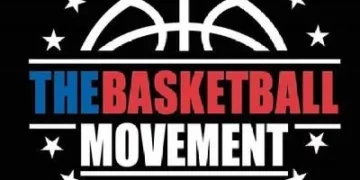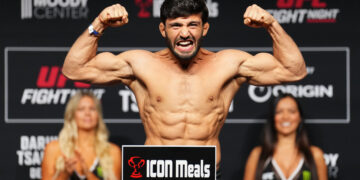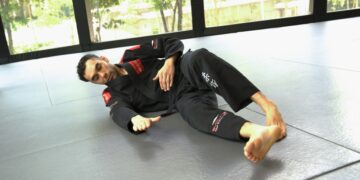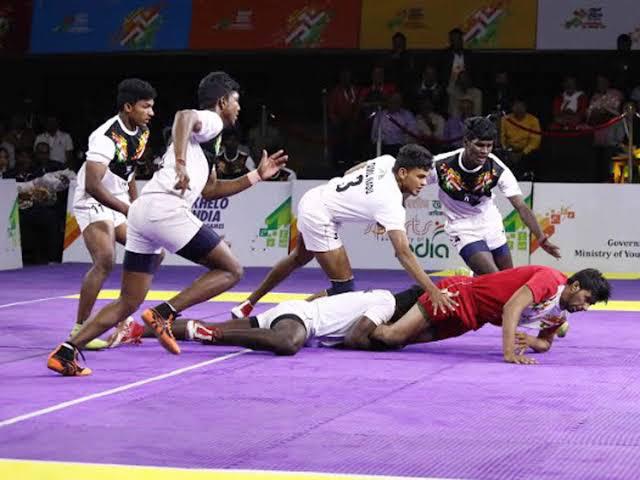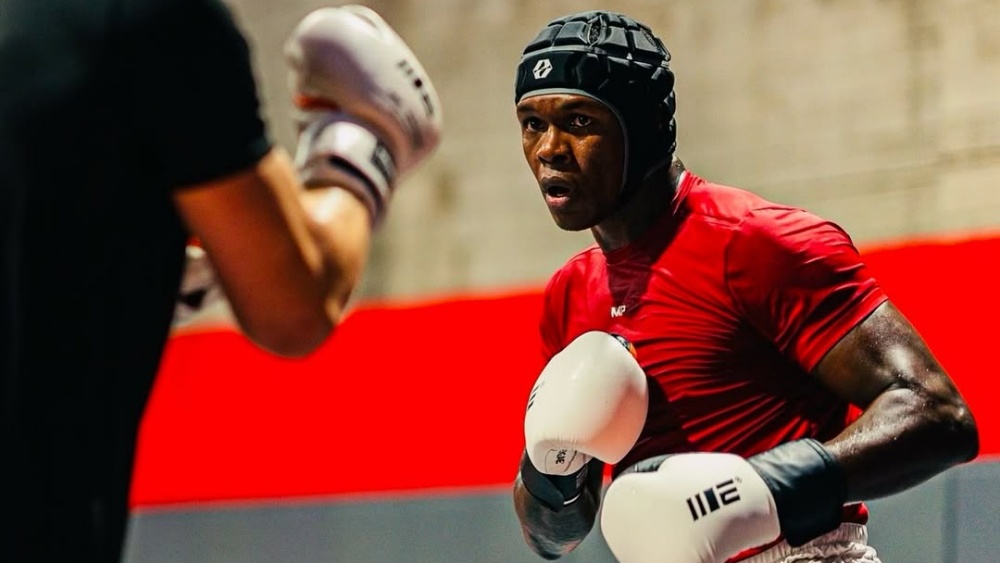
If you’ve spent enough time on the mats or inside the cage, you’ve probably heard two very different schools of thought when it comes to sparring. “Go hard or go home” or “Flow, don’t go.”
But the truth? Both are right, and both are wrong if taken in isolation.
In modern MMA, preparing for a fight isn’t just about who hits harder in the gym. It’s about who shows up with the sharpest instincts, the healthiest body, and the clearest game plan. That’s why the best fighters in the world use a mix of light, playful sparring and intense, hard rounds in their camp.
Let’s break down why that balance matters and what each type of sparring gives you.
Light Sparring: Where Real Skill Gets Built
It’s not glamorous. No one’s filming it for Instagram. But light, technical sparring is where fighters actually level up.
When you spar lightly, you’re not worried about surviving. You’re free to experiment. You can try new entries, test angles, flow through scrambles, and make mistakes without consequences. That’s how you build fight IQ.
On top of that, you also get to:
- Refine your timing and rhythm.
- Build clean reactions.
- Drill your game plan against live but cooperative resistance.
- Stay healthy and fresh during long camps.
And perhaps most importantly, light sparring teaches control. It teaches you how to hit without hurting, how to slow the pace when needed, and how to see the whole picture, not just the punch coming at your face.
You’ll never fight playfully on fight night, but you’ll be thankful for the time you spent building awareness in those light rounds!
Hard Sparring: The Reality Check
Then again, you’ve still got to feel the fire. Hard sparring is where you test your chin, your cardio, and your composure under pressure. It’s how you stress-test your game plan in a setting that actually feels like a fight.
You need to know:
- Can I shoot when I’m tired?
- Will my combinations hold up under fire?
- Can I stay calm when someone’s throwing full power?
- What does it feel like to be rocked, cornered, or taken down hard?
Hard rounds also reveal mental habits, who breaks under pressure, who hides behind the cage, who starts reaching or swinging when overwhelmed. These things don’t show up in light play. You’ve got to simulate chaos to prepare for it.
But here’s the caveat: too much hard sparring doesn’t always toughen you up, it can also break you down, mentally, physically and emotionally. It shortens your fight career and adds unnecessary mileage to the body. That’s why the key is strategic intensity, not gym wars every session.
Longevity: Training Smart Is Training Long
At the pro level, longevity isn’t about who can go the hardest; it’s about who can go the longest. Fighters who rely only on tough sparring tend to peak fast and burn out even faster. The mileage adds up. So do the effects. It’s not a matter of “if,” but a matter of “when.”
The smart ones, those who mix light play with the right amount of grind, they last and evolve. They show up fresh on fight night instead of limping into the cage.
There’s a reason why fighters like Demetrious Johnson, Israel Adesanya, and GSP have spoken openly about dialing back hard sparring in favor of more intentional reps. And they’re not alone.
Game Plan Drilling: Light First, Hard Later
Every fight camp should have structure. And that structure should include specific game plan reps.
In the early weeks, light sparring allows you to drill the plan: land your combos, control distance, hit the takedowns, and escape from bad positions without the pressure of survival. You’re rehearsing the script.
Closer to the fight, that same plan should be pressure-tested during hard rounds. Can you still execute it when the heat’s on? That’s when you know if the plan is real.
So rather than choosing between light or hard, the question should be: What phase of camp am I in, and what do I need today?
Creating Realism Without Carnage
Here’s the sweet spot: realism doesn’t have to mean violence.
You can train with real intentions, real movements, and real pace, without always throwing full power. A well-designed round of situational sparring (like wall wrestling or scramble drills at 70%) gives you everything you need: timing, pressure, intensity, all without the brain fog and bruises. That kind of work adds up day by day. Fight by fight.
Final Thought
In MMA, it’s not just about who’s toughest. It’s about who’s smarter, sharper, and who is still standing when the cage door closes.
Mix your sparring. Play light. Grind hard. Know when to flow, and when to push. Because the best fighters in the world aren’t the ones who can take the most damage in the gym, they’re the ones who train just enough chaos to stay ready, and calm enough to walk through it when it matters.
You may also like:
Why Controlled Aggression Is A Game-Changer In Martial Arts
Let’s be honest. Everyone thinks aggression gets a bad rep. In day-to-day life, we’re told to stay calm, composed, and controlled. And that’s good advice for your job, at home with your family, maybe even…
In martial arts, you’ll often come across a wide range of terms used during training. But when you hear the word sparring, what comes to mind? It means stepping into the training space with another…
There’s a saying in grappling circles: “Whoever gets the underhook, gets the win.” It might sound dramatic, but spend enough time rolling, and you’ll start to realize it’s not far off. The underhook is one…
Whether you are training at a local martial arts gym in Singapore training Boxing, Muay Thai, MMA or anywhere else, you will always hear one word repeated, footwork. Why is that? Well, you can have…
When people think of MMA, they usually picture the highlight moments, explosive knockouts, slick submissions, and last-minute comebacks. What they don’t see is the hard work and engine underneath all of it: conditioning. Conditioning is…
The term “smesh” became globally popular thanks to MMA superstar Khabib Nurmagomedov, but there’s much more to this than just a catchy quote. Behind it lies a brutal, relentless, and highly effective grappling system deeply…
If you have ever walked past a martial arts gym anywhere, you may have noticed groups of people in uniforms grappling on padded mats. What you are seeing is likely Brazilian Jiu-Jitsu, also known as…
Muay Thai has always been known as the art of eight limb. Sharp elbows, crushing knees, slicing kicks, and crisp punches delivered with speed and rhythm. But behind the beauty and fluidity of it all,…
It was bound to happen sooner or later. The living legend Nong-O Hama. The Iron Man Rodtang Jitmuangnon. Two titans of Muay Thai from different generations finally set to collide inside the ONE Championship Circle….
Walk into a Muay Thai or Brazilian Jiu-Jitsu gym and you’ll find more than just fighters and fitness enthusiasts. You’ll find CEOs, actors, podcasters, founders, and high performers who’ve made martial arts a cornerstone of…
You’re in control of how you experience the mid part of your life for the most part. It’s no secret that your body operates on a “use it or lose it” basis. Life slows us…
In Brazilian Jiu-Jitsu, some techniques are flashy and explosive. Others are quiet, almost unassuming, but absolutely brutal when done right. The arm drag falls into the second category. At first glance, it doesn’t look like…




